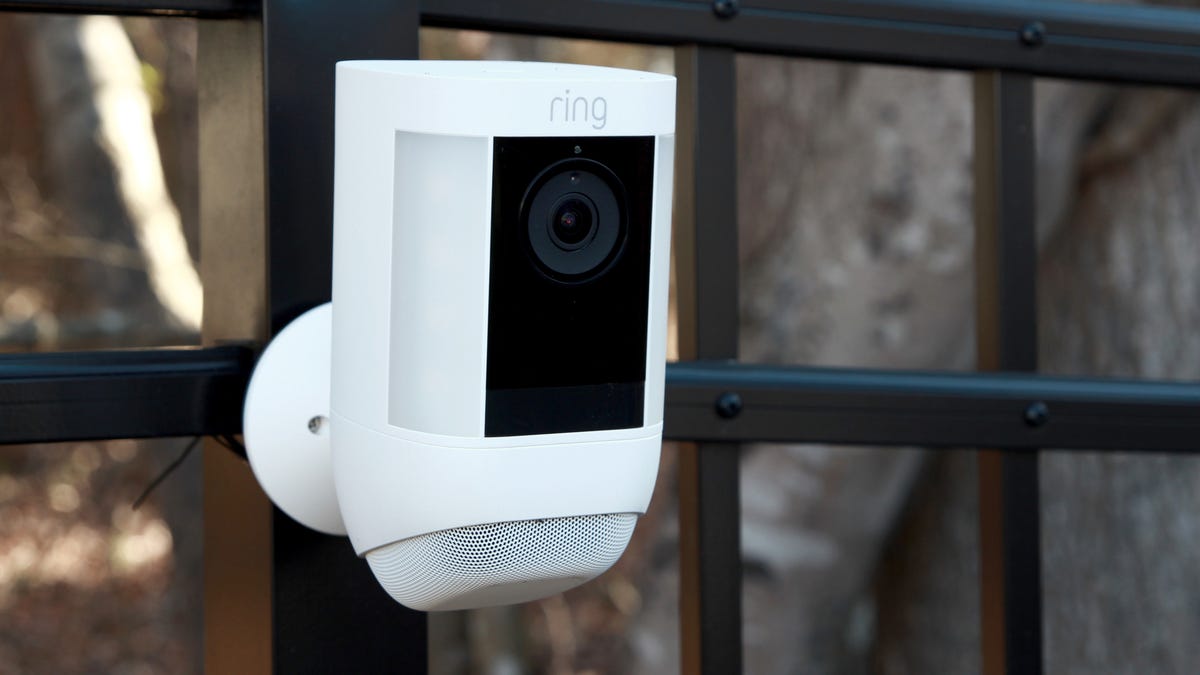The internet alleges historical inaccuracies in Sanjay Leela Bhansali’s portrayal of the Lahore locality in his debut show, Heeramandi: The Diamond Bazaar.
After much anticipation, Sanjay Leela Bhansali’s OTT debut, Heeramandi: The Diamond Bazaar, is now available on Netflix. The show boasts an ensemble cast, including Manisha Koirala, Sonakshi Sinha, Aditi Rao Hydari, Richa Chadha, Sanjeeda Sheikh, Sharmin Segal, and Taha Shah Badussha. “Heeramandi” was released on May 1, and four days after its premiere on the OTT platform, it has received mixed reviews. Now, certain internet users have alleged historical inaccuracies in the period drama, ranging from the portrayal of Lahore’s locality during the pre-Independence era to discrepancies in the timeline of certain elements depicted on screen.
Location of Heeramandi
Following the release of the show, a young user named Hamd Nawaz pointed out the details of Bhansali’s show, claiming that it starkly contrasted with the Heeramandi locality she’s familiar with as a resident of Pakistan. She wrote, “Just watched Heeramandi. Found everything but Heeramandi in it. I mean, either you don’t set your story in 1940s Lahore, or if you do- you don’t set it in Agra’s landscape, Delhi’s Urdu, Lakhnavi dresses, and 1840s vibe. My not-so-sorry Lahori self can’t let it go.”
Buildings and Structures in Heeramandi
Adding to this, Hamd wrote about the structures of Heeramandi, stating that there were mostly multi-storey 5/10 Marla Kothas/Makans at most. “The social and financial hierarchy depicted in the show never truly existed,” Hamd added.
The user also claimed that the most prominent landmark visible from every building in the present-day remnants of Heera Mandi is the skyline dominated by the Shahi Qilla-Grand Mosque’s dome and minarets.
To begin with, where exactly is it set? Lake Como? Amalfi Coast? The most evident landmark still visible from every building in today’s remnants of Heera Mandi is the Shahi Qilla-Grand Mosque’s doom and minarets skyline. If you call it Lahore, show Lahore. pic.twitter.com/rR7lVEWW6f
— Hamd Nawaz (@_SophieSchol) May 3, 2024
Language – ‘It Was Punjabi, not Urdu’
Hamd argued that in the 1940s, people in Lahore typically used Punjabi as their language, not Urdu. She then discussed the song ‘Sakal Ban’ from the series, stating that it wasn’t supposed to be sung in that era.
“Sakal Ban wasn’t the Lahori thing to sing, chaiti bowdi vay tabiba was. It was the 1940s, Noor Jahan’s Punjabi Masterpieces were there – the cinema had platformed many singers from Heeramandi, and none of them sounded like whatever Sufiana custard we’re seeing here,” she added.
Attire
Hamd further contended that the tawaifs of that period and area never dressed in the couture ensembles that Bhansali has portrayed them wearing.
And songs? “Sakal Ban” wasn’t the Lahori thing to sing, “chaiti bowdi vay tabiba” was. It was 1940s, Noor Jahan’s Punjabi Masterpieces were there – the cinema had platformed many singers from Heeramandi and none of them sounded like whatever Sufiana custard we’re seeing here. pic.twitter.com/YS0yKDSlu2
— Hamd Nawaz (@_SophieSchol) May 3, 2024
Timeline
Many users also noticed that in one scene where Bibbo Jaan aka Aditi Rao Hydrai goes to the bookshop to hand over Alamzeb’s letter, the novel “Peer-e-Kamil,” written by Umera Ahmed, is on a bookshelf in the background of a scene.
So #PireKamil was written before partition? Interesting 🙂🙂🙂#HeeraMandi pic.twitter.com/kdz39ggvqV
— Umera Ahmed (@UmeraAhmedOffic) May 3, 2024
The Newspaper
Others shared a screenshot of Sonakshi Sinha’s character, Fareedan, reading an Urdu newspaper with the date purportedly indicating it’s 2022.







